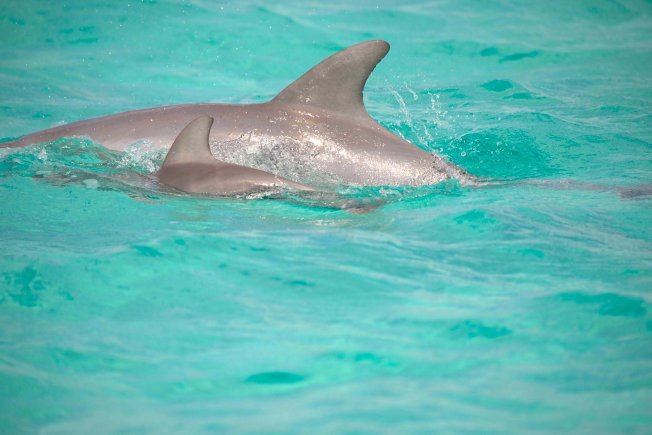
Dolphin mother and newborn calf
DOLPHINS IN THE SEA OF ABACO, BAHAMAS

The bottlenose dolphin photos here, taken during a recent BMMRO dolphin research project in the Sea of Abaco, are of great significance. Six months after Hurricane Dorian smashed the life out of Abaco, the island is still in the early stages of recovery – to the extent that recovery is possible when the main (only) town has been pulverised to rubble and the island’s infrastructure wrecked. Good news is prized.
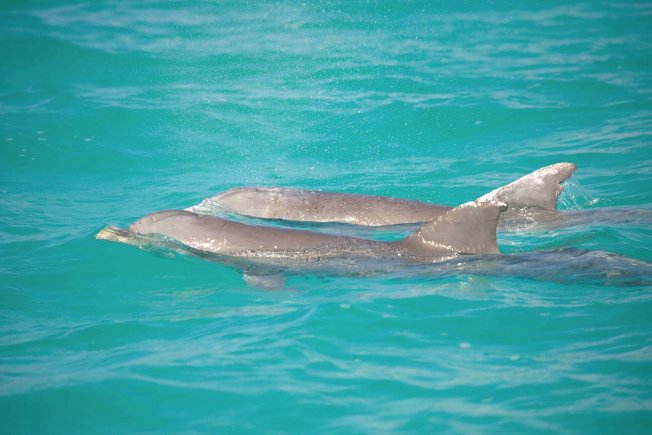
Amidst the human cost of Dorian to the Abaco community, people have found some consolation in the natural world around them. The return of birdsong. The bright flashes of the unique parrots flying overhead. Shorebirds returning to the beaches from wherever they found for cover. Curly-tail lizards sunning themselves. And on water, sightings of turtles, rays and dolphins to spread some cheer. Some huge bonefish are being caught (and released) too.
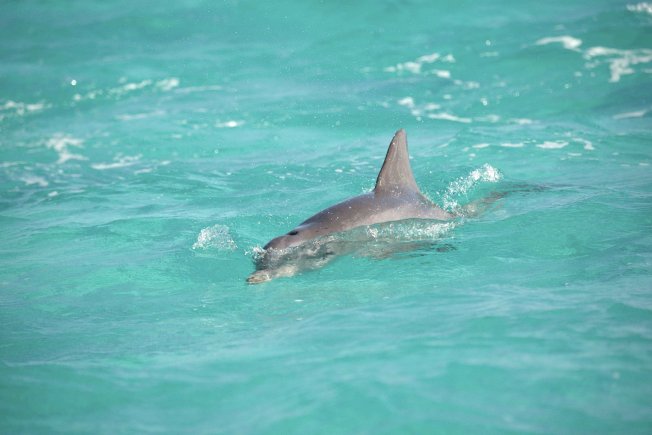
The Bahamas Marine Mammal Research Organisation (BMMRO) has its HQ at Sandy Point. During the past months, life there has been busy. A long-term underwater acoustic research project is in progress, for example. The effects of the hurricane on the marine mammals in Abaco waters – whales , dolphins and manatees – has been a cause of great concern. A drop in the dolphin population in the Sea of Abaco had been noted a few months ago, so a second assessment of the area has just been carried out.
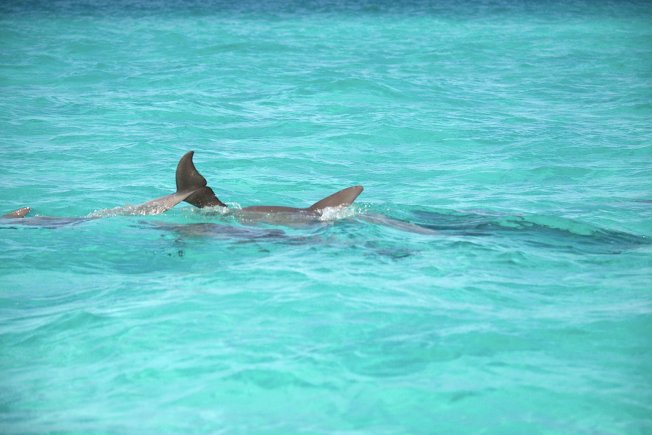
Playtime in the Sea of Abaco

GOOD NEWS FOR DOLPHINS
Scientists Diane Claridge and Charlotte Dunn obtained positive results. During the assessment, they encountered 18 individual dolphins. The encouraging observations included:
- The wonderful mother and newborn calf in the header image – a great sign of hope
- Some dolphins first recorded – amazingly – in 1992
- Dolphins in areas not used for years, probably due to recent reduced boat traffic
- Familiar dolphin behaviours such as wave-surfing and group socialising
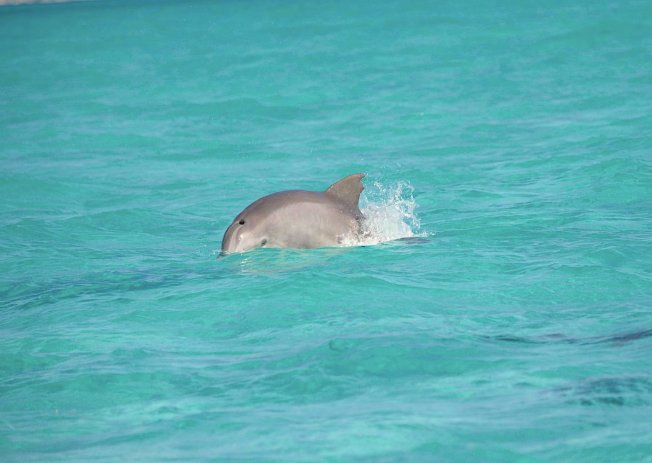
Ragged dorsal fin patterns enable easy ID
If you wonder how researchers can be so sure about the ID of the animals they see, check out the dorsal fins in some images here. Individual dolphins have unique patterns, markings (#2) and in particular fin damage that is readily identifiable. Seen close to, these are obvious. At a longer distance, binoculars are needed. Photos of each animal are also taken to be analysed in the lab. Sound recordings may be taken: distinctive individual voice patterns are analysed to assist ID. All of this can be compared against the BMMRO database. That is how dolphins first recorded in 1992 can be identified with such certainty now.

Credits: Charlotte Dunn (photos) and Diane Claridge, BMMRO; the dolphins for research cooperation
If you would like to know more about the work of BMMRO and its research, click the logo above
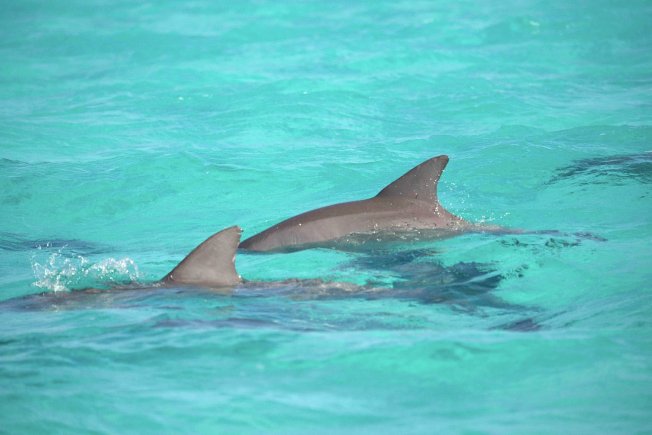

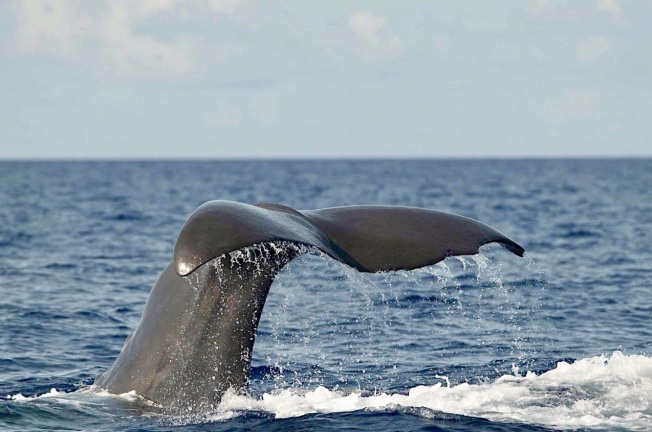

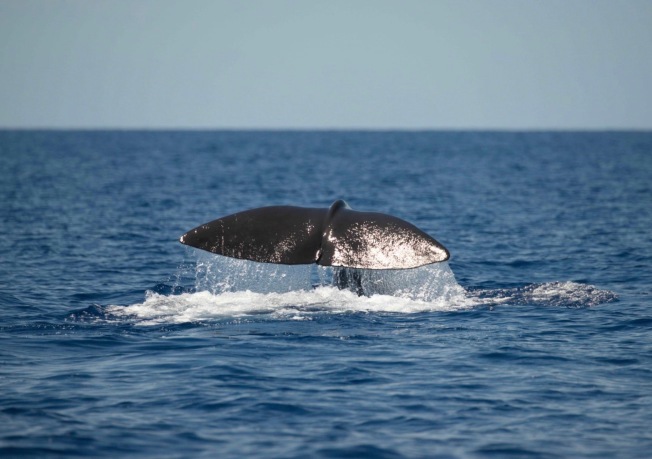
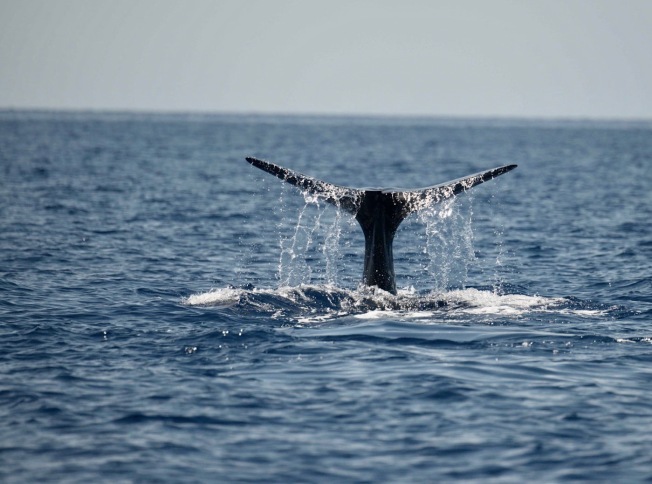
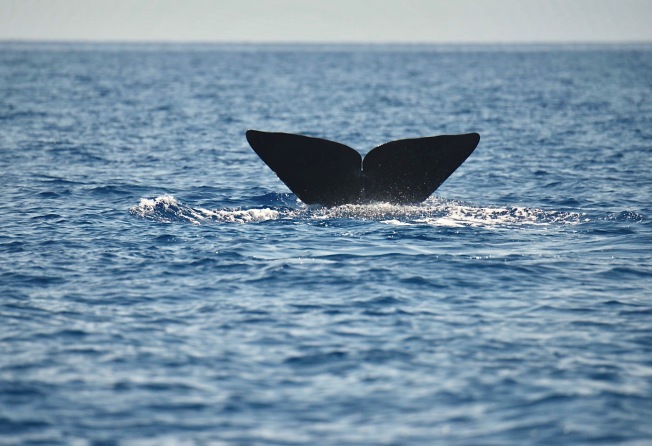


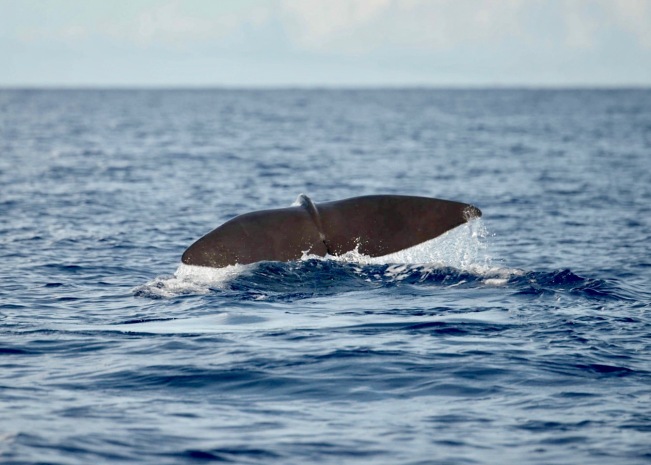

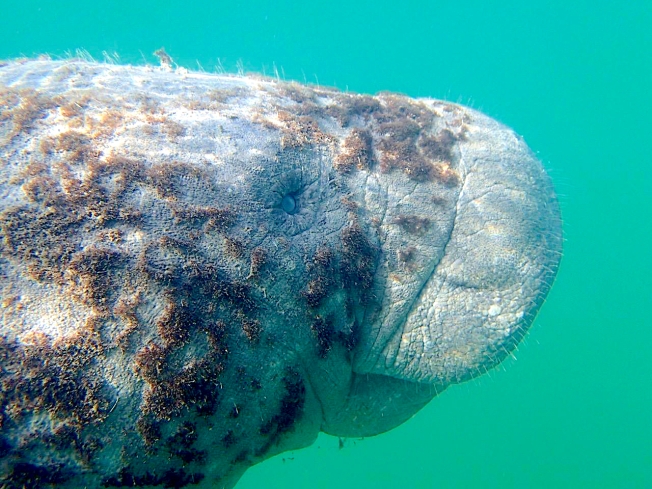
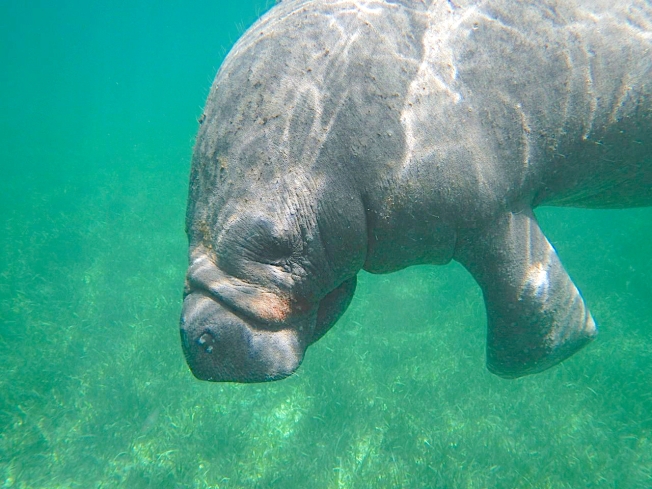
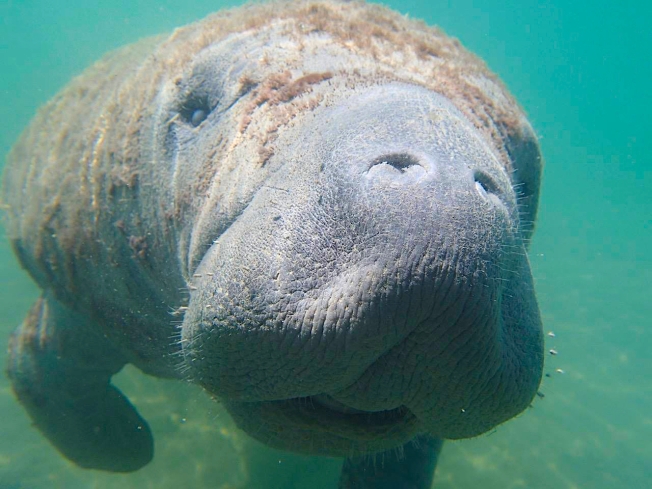
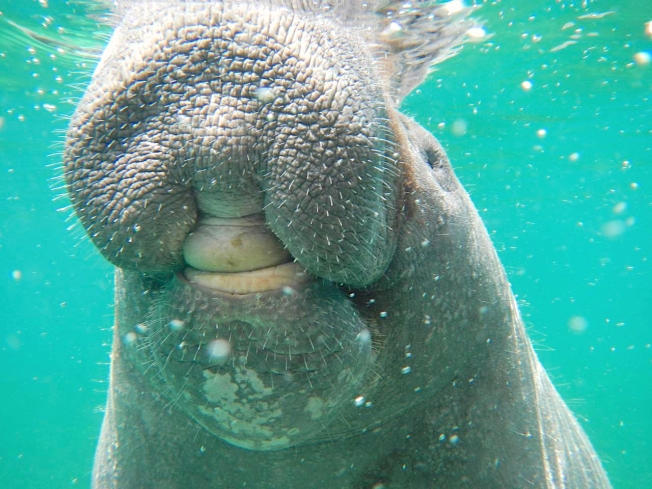
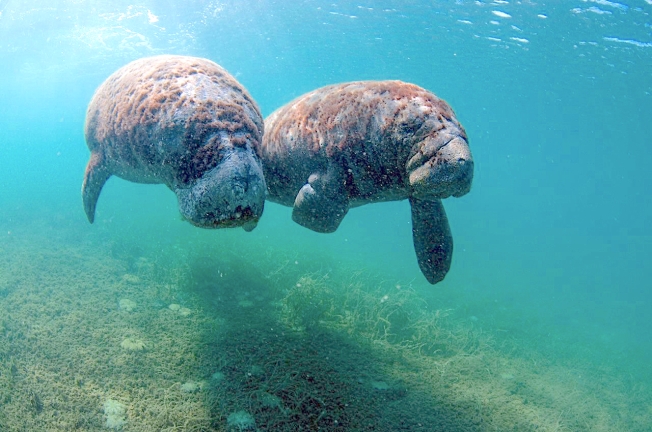








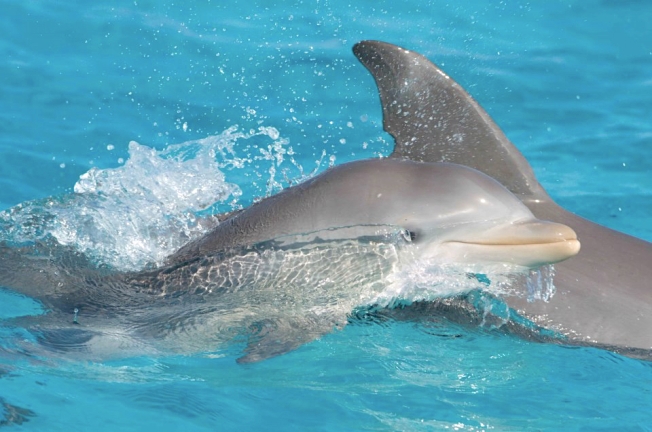
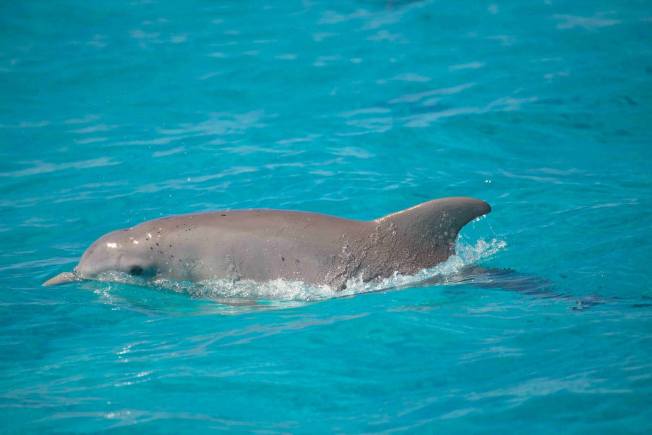
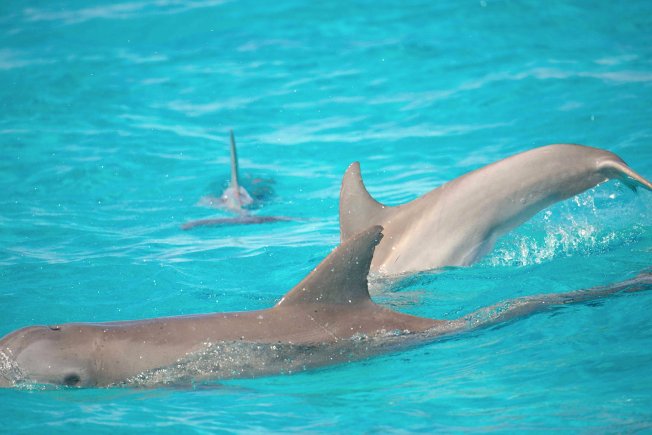
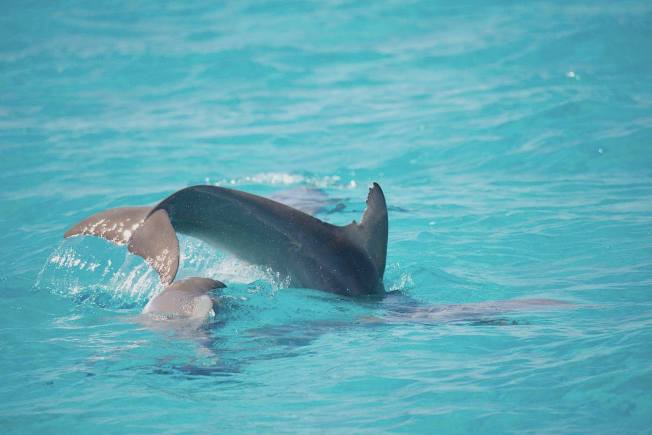
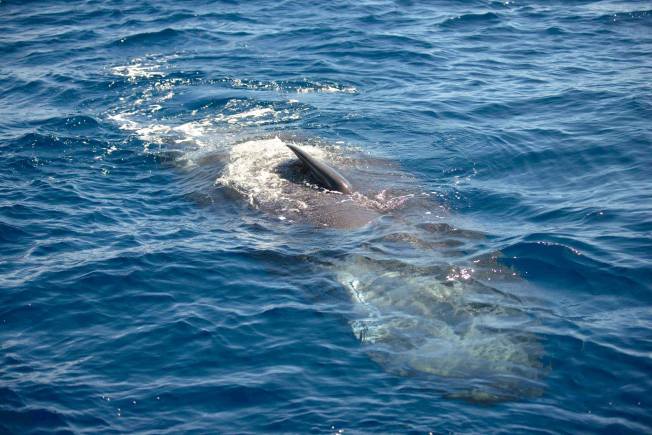
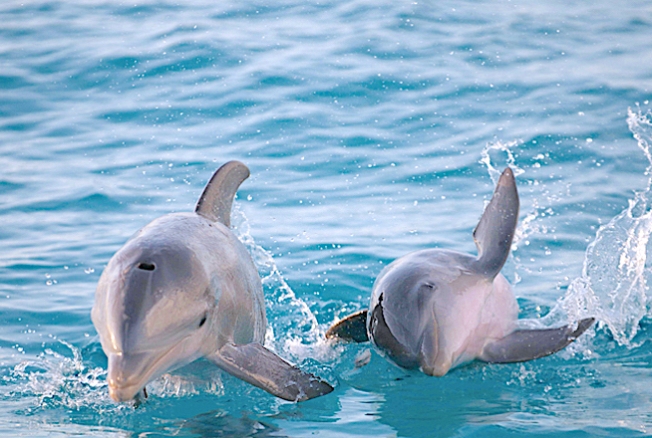
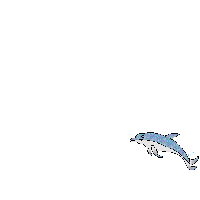
You must be logged in to post a comment.